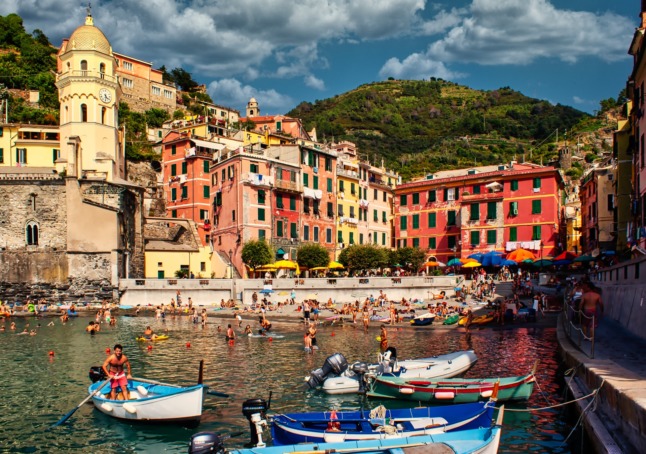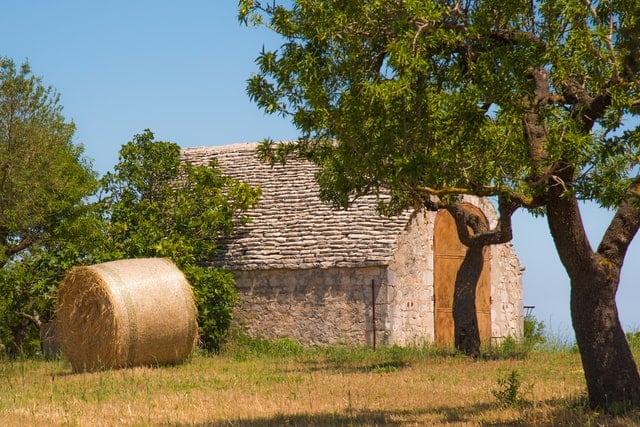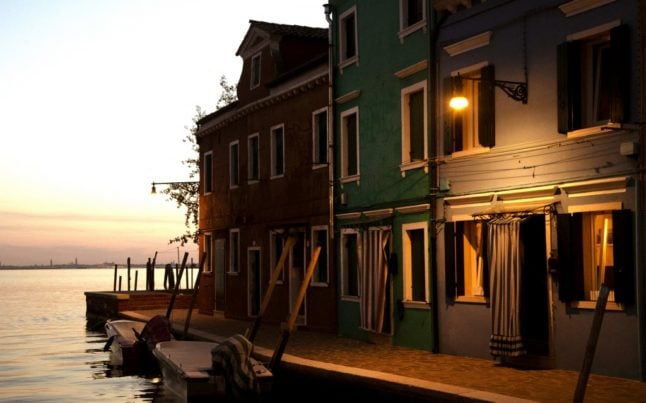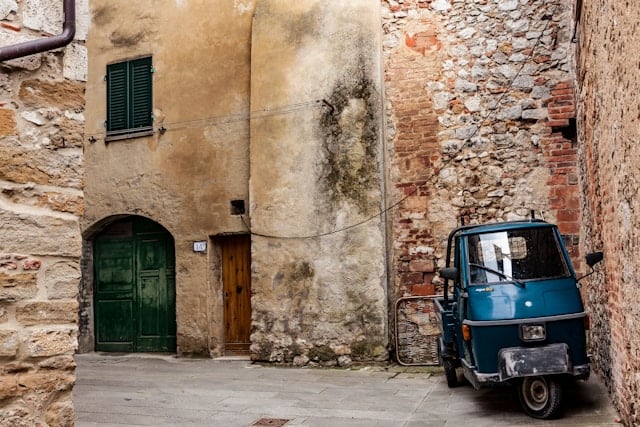Get paid to move to Piedmont – with even more cash incentives for those under 40
Italy continues to entice new residents to its more remote spots, in a bid to reverse declining young populations and boost the local economy.
The desirable mountainous, clean-air region of Piedmont is the latest to offer cash bonuses for people looking to move there for work or to start a business, in an attempt to revitalise some of its smallest towns.
READ ALSO: Escape from the city: These are the 21 cheapest Italian provinces to move to
There’s a €10 million pot of funds available to attract newcomers to municipalities with under 5,000 inhabitants, which must be used to renovate a home. Out of that financial aid, you could personally obtain an allowance of between €10,000 and €40,000.
To be eligible, you must be born after 1955, with more cash up for grabs for those born after 1980, in the hope that young people will be encouraged to move to the area.
Other factors that could give you a bigger piece of the kitty include moving your main residence there, working at least 50 percent of your time at home and having a child under 10 (who lives there too).

If you use local materials and restore the property in keeping with the Piedmontese Alpine landscape, you’ll gain extra points.
There is a timeline, though, as renovation works must be completed within 18 months and if you buy a house, you have six months to sign the deed after placing the offer.
There are a total of 465 small municipalities taking part, including 132 in the province of Turin, 48 in the province of Alessandria, 12 in Asti, 48 in Biella and 132 in Cuneo. The complete list can be found here.
Applications opened in September and run until December 31st of this year – to find out if you’re eligible and how to apply, take a look at the Piedmont region website.
READ ALSO: Will Italy really pay you to move to its ‘smart working’ villages?
More one-euro homes in Pignone
The list of idyllic villages in rural Italy selling neglected properties at the symbolic price of €1 has grown again.
This time, Pignone in Liguria is the latest municipality to launch the scheme.
Due to several abandoned properties in the centre, the local council has approved an initiative to sell homes for €1 in order to take away the burden from owners who have no desire to renovate them or who can’t afford to.
Pignone is in the province of La Spezia and has just 500 inhabitants. The project is hoped to prevent the historic centre from becoming derelict and also to ideally draw in new residents, rather than sell to those who want a holiday home.

No homes are on the market yet, but it’s thought around 20 properties will be put up for sale in the first round of the programme, which is due to begin at the end of September.
Around 3,000 requests have been made already, with around half of those coming from buyers abroad, according to reports.
As always, there are terms and conditions. For this one, you’ve got six months to submit your project and three years to carry out renovation work. To make sure you’re serious, there are also deposits required, which will be returned upon completion of the works.
Did you know?
If you’re buying and renovating a property in Italy, it’s wise to do your sums (spatial ones) and figure out the ratio of your house to the garden.
We discovered when going through the plans of our build that our garden was suddenly becoming too big for the size of the house.
Since we bought a wreck and plan to demolish it entirely, as it’s almost at complete collapse, we’re building a brand new home.
However, it will be much smaller than the original property, meaning that the proportion of home to garden will change.
READ ALSO:
- The building bonuses you could claim in Italy in 2021
- How you could claim Italy’s building bonus multiple times for the same property
Why does this matter?
Well, the way that the Inland Revenue Agency (Agenzia delle Entrate) works out the classification of homes, known as categoria catastale (cadastral category) dictates that if the garden is above a certain threshold in relation to the building, it becomes a villa, therefore a luxury property, according to the Ministerial Decree 1969 – and that means significantly higher taxes to pay each year.

Cadastral categories are determined according to their type or intended use, calculating the property’s income. So for example, residential houses are categorised differently from a B&B.
Understanding what type of property it is and submitting it to the Land Registry will show the amount of taxes to be applied.
There are various criteria according to Italian law that deem a house as a luxury property, labelled as A/1 (luxury dwelling-houses), A/8 (villas) or A/9 (castles, palaces of great artistic and historical value).
We almost laughably could have ended up with a villa, as the criteria include having an outdoor area six times the inner surface area.
So, the workaround to save us from losing even more of our hard-earned pennies to this bottomless money drain is to section off a part of the garden, register it as separate agricultural land and pay different (and lower) taxes on that patch instead.
Please note: remember to seek professional advice before any building or renovation work, as the rules are complex and changing.
Property tip of the week
Italy’s properties are overwhelmingly built out of brick or stone, but have you ever considered wood as an alternative building material?
That’s what we are using to create the framework of our home, which we have discovered to be cost-effective in the long run, fast to construct (when they eventually start works) and energy-saving.
Wood’s insulating properties boast low energy consumption and, therefore, low costs.
So a wooden house will have lower energy bills than its masonry counterpart, because it needs less energy to be heated in winter and cooled in summer.
It also means it’s a pleasant environment to live in, any time of the year.
What do you think?
Please get in touch at [email protected] to let us know if you’ve found this weekly feature useful and share any suggestions you have for property-related news from Italy.



 Please whitelist us to continue reading.
Please whitelist us to continue reading.
Member comments